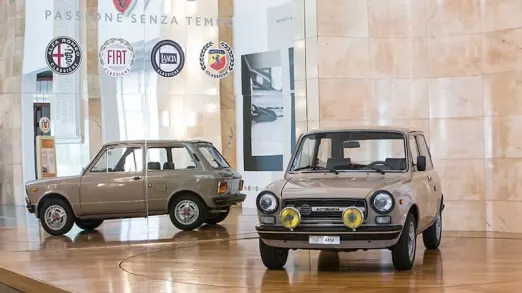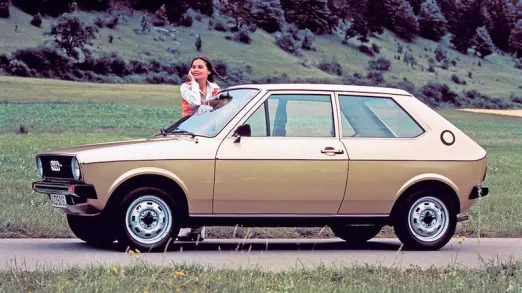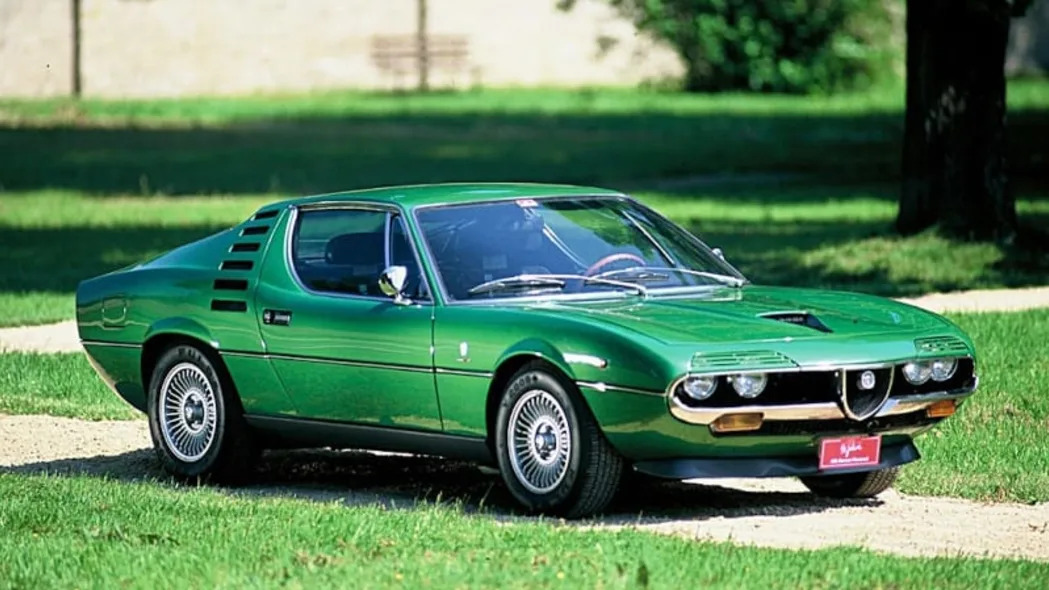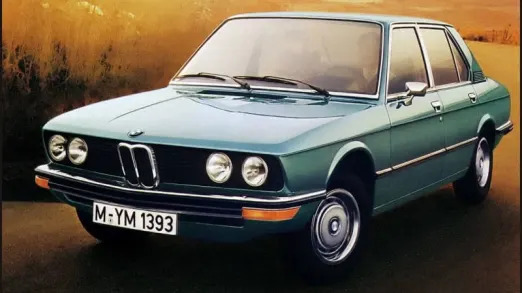Legendary automotive designer Marcello Gandini passed away at the age of 85 on March 13, 2024. His designs are so historically significant that even the most casual of automotive enthusiasts would know a large chunk of them. True aficionados, particularly of Italian machinery, may know them all. We’ve put together a small sampling of his standout designs, and, as you’ll see as you scroll, many of his most enduring shapes and tendencies are still exciting and inspiring designers today.
Lamborghini Miura
This is the car that most directly kicked off the supercar wars in Italy. A rolling chassis was displayed at the 1965 Turin Motor Show, debuting with a revolutionary mid-engine design that continues to be the most common arrangement for the highest-performing automobiles today. In 1966, when the bodywork was first revealed in Geneva, the reception was, to say the least, favorable. The car was sleek and innovative, and when it was released in production form with a 3.9-liter V12 engine and 5-speed manual gearbox, the Miura became the fastest production automobile in the world. — Senior Editor Jeremy Korzeniewski
Lamborghini Countach
And then came the Countach. First unveiled for the 1974 model year — one year after production of the Miura came to its conclusion — the Lamborghini Countach went on to dominate the bedroom walls of teenagers all over the world. While it wasn’t the first of Gandini’s wedge-shaped designs, it arguably best defines the trend. The Countach was also the car that introduced the world to Lamborghini’s trademark scissor doors, though Gandini’s conceptual Alfa Romeo Carabo featured them first. Early Countach models were clean and undefiled, later adopting various wings and aerodynamic tweaks as power from Lamborghini’s V12 engines pushed performance to ever increasing levels. But it doesn’t really matter which Countach you prefer; it remains the most well-known of all of Gandini’s vehicular designs. — Korzeniewski
Cizeta V16T
Few cars in Gran Turismo had me more obsessed over them than the Cizeta V16T. And yes, in case you didn’t realize, Gandini drew this aggressive wedge design that would go on to be the only car Cizeta ever produced. The 6.0-liter V16 engine was derived from the Lamborghini Urraco’s flat-plane V8, which makes perfect sense considering the car was a project put together by former Lamborghini employees. That V16 is a big reason it became so beloved, as V8s and V12s could be had, but a V16 was truly something special back in the 1990s. Course, the design is a stunning wedge with exotic characteristics like quad pop-up headlights, angled rear wheel surrounds almost mimicking the wedge front-end and a dramatic exhaust exit halfway up the rear of the car. It’s beautiful and utterly wild at the same time, making it a true exotic supercar. – Road Test Editor Zac Palmer
Lancia Stratos
The Stratos is famous enough today that it likely requires no introduction. The rear mid-engined sports car found its success in rallying and looking absolutely incredible doing it. Its compact shape, V6 engine from the Dino and stunning shape all make it the legend it’s become today. The design has captured enough attention that it’s even been taken on in “reimagined” projects today to bring the magic of the Stratos’ look back in a more modern package. It may not be a Countach or Diablo, but the Stratos is easily one of Gandini’s best of all time. – Palmer
Autobianchi A112, Audi 50, Volkswagen Polo


Lest you think Gandini only designed wedge-shaped supercars and racing machines, these two diminutive European hatchbacks ought to set matters straight. While you may not be as familiar with the A112 (or really the Autobianchi brand at all) as some of Gandini’s more famous designs, the supermini was in production from 1969 through 1986, with more than 1.2 million examples rolling out of the factory in Italy. The example pictured here is in Abarth trim.
The 1974 Audi 50 is another classic Gandini design. It’s simple and functional — “Just styling is not fun,” he told Robert Cumberford in an interview where he espoused the beauty of vehicular construction and assembly — and therefore timeless. A cheaper version developed for Volkswagen hit the market in 1975 badged as the Polo. — Korzeniewski

Alfa Romeo Montreal
I don’t really know what I need to say about this car. If you didn’t want the cocaine zing of a Countach, you could probably snag one of these from the same Italian import showroom. Sure, it “only” came with a V8, but with looks like that, who cares? An absolute stunner, and a clear inspiration for modern Alfa sports car design. — Associate Editor Byron Hurd


BMW E12 5 Series*
So, here’s the thing. The E12 5 Series is a fantastic design. But the concept that inspired it? Well, let’s just say I prefer the direction BMW chose in 1972 to the version Mr. Gandini suggested on the 1970 Garmisch concept. Now we know why BMW was parading that around back in 2019; it was a preview of the modern diamond-nostril specimens currently occupying BMW showrooms. Oh, to be innocent again. — Hurd

